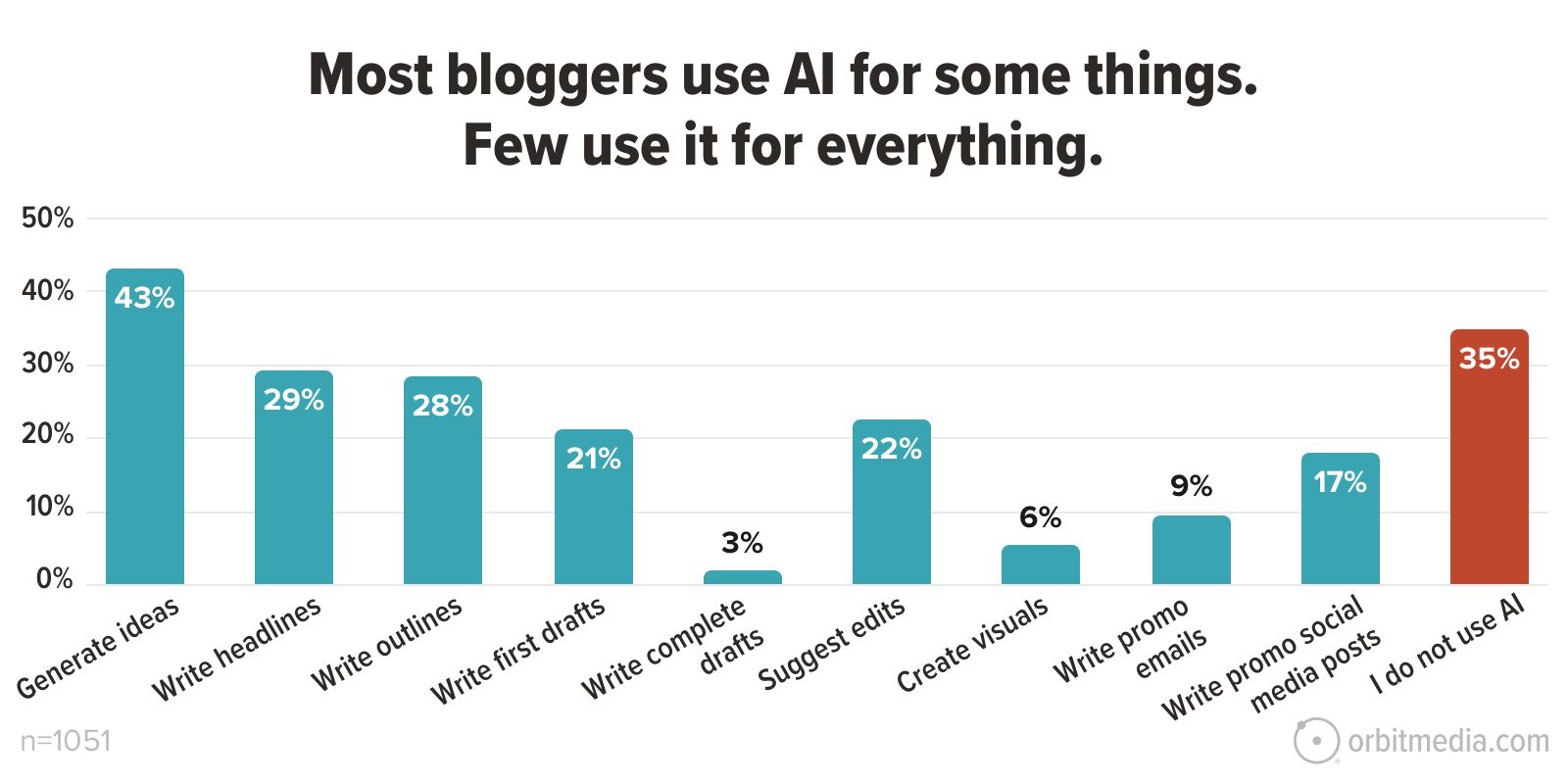Writer, Edit Yourself! 8 Tips for Self-Editing
As a freelance writer, how comfortable are you with editing your own work? A certain amount of self-editing is part of preparing an assignment for submission to a client. Even if your client has editors who will review your work prior to it being published in whatever medium it will be used, you want to […] The post Writer, Edit Yourself! 8 Tips for Self-Editing appeared first on Freelance Writing Jobs.

As a freelance writer, how comfortable are you with editing your own work? A certain amount of self-editing is part of preparing an assignment for submission to a client. Even if your client has editors who will review your work prior to it being published in whatever medium it will be used, you want to be sure that you are sending in something that shows your best work.
If you are working with a small business client, there may not be a specific person who has been designated as the editor for your work. In that situation, it is even more important that you make doubly sure that your work has been carefully polished before you submit it.
Tips for Self-Editing
1. Don’t try to edit immediately after you finish writing.
Step back from what you have written and give yourself some space. If you have a looming deadline and can’t leave it overnight, try to let it sit for a few hours or at least until you have distracted yourself by going for a walk or doing an activity completely unrelated to writing. When you sit down to look at the piece again, it will be somewhat fresh.
2. Consider whether the main points fit with the topic and the piece generally flows well.
If you are acting as an editor, you don’t want to get bogged down in changing the ideas in the writing unless they are seriously flawed. (I’m assuming that you did research or conducted interviews before you started writing and that you have notes or materials to refer to if necessary.) There will be time later on to continue polishing it. For now, you just want to make sure that the basic structure looks reasonably solid so that you can proceed.
You can always save a copy of your original document that you can revert to if you don’t feel entirely certain about making changes to it. Just remember to save the new one as “Version 2” or something similar so that you know which one you are working on.
3. Check spelling and grammar for your article, blog post, or whatever you are working on.
Always run a spellcheck, and be sure to check the spelling of individual words you are not sure about. Adjust your spellcheck to reflect a US English, UK English, or Canadian English audience, as necessary.
You know our favorite tools—Grammarly and ProWritingAid. They will save you a lot of time and avoid serious headaches down the road.
4. Print off a copy of your document if you find it easier to edit with a hard copy.
Some people find it much easier to edit if they have something they can hold in their hand and make changes to with an actual pen. If this method fits your style, go ahead and use it. I find this particularly effective for longer documents like white papers.
You may also find it helpful to read your document out loud to get a feel for its rhythm. This technique is a good way to determine where natural breaks in sentences should be, especially commas.
5. Be ruthless about eliminating extra words.
Don’t write like you’re being paid by the word. (Even if you might be…)
Padding your sentences with unnecessary phrases only dulls your message. Instead, trim the fat and let your ideas shine through clearly and directly.
Compare these two:
 Due to the fact that deadlines are approaching, we need to work faster.
Due to the fact that deadlines are approaching, we need to work faster. Because deadlines are approaching, we need to work faster.
Because deadlines are approaching, we need to work faster.
The second version is seven words instead of eleven—and it says exactly the same thing with more punch.
“The secret of good writing is to strip every sentence to its cleanest components.” – William Zinsser put it in On Writing Well
When editing, look for long-winded phrases that can be replaced with simpler ones. “In order to” becomes “to.” “At this point in time” becomes “now.” Your readers will thank you for respecting their time.
6. Divide up big chunks of text into more manageable pieces, especially if you are writing for the web.
Do you see any parts of your piece where you are listing statistics? Consider putting them in bullet points.
Is there a statement you want to make stand out on its own so that the reader takes special note of it?
Make the font one size larger than the surrounding text for extra impact.
Watch your sentence and paragraph lengths. There are no specific rules about how long a sentence or a paragraph should be, but between three and five sentences is a good baseline to keep in mind.
Try to stick with one idea per sentence, which can be easier said than done. Since I compose on the keyboard, I’ve been known to go off on a bit of a tangent in some of my sentences. Recently, I’ve had an editor point a few of them out to me (kindly, I might add), so I know this is something that I need to be aware of in my own writing. Words can be slippery things if you let them, so rein them in as necessary without making your work sound cold.
7. Check references for all of your sources.
Whenever you include facts, statistics, quotes, or claims that go beyond common knowledge, it’s essential to back them up with credible sources. This not only builds trust with your readers, but also shows that you’ve done your homework. Vague or unsupported claims can damage your credibility—especially in an age where misinformation spreads easily.
Be specific. Instead of saying “research shows,” say “According to a 2023 Pew Research study…” And when possible, link directly to the source. This gives your readers the chance to explore the information for themselves and keeps your content transparent.
For example:
 More people are working remotely now than ever before.
More people are working remotely now than ever before. According to a 2022 Gallup poll, 56% of U.S. employees work remotely at least part of the time.
According to a 2022 Gallup poll, 56% of U.S. employees work remotely at least part of the time.
When you’re writing online content, it’s not enough to “know” something is true—your audience needs to know where you got it from. Double-check that your sources are current, credible, and from reputable outlets. Academic journals, major news organizations, and industry-leading publications are ideal.
A well-placed reference not only supports your point—it adds authority.
8. Go over the entire document before submitting it.
Now that you have looked at different pieces of the document, you’ll want to read it through in its entirety. Make sure you have explained your ideas thoroughly so that they make sense to the reader. If not, now is the time to go back and fill in gaps and make revisions. Perform a final spellcheck before submitting as well to catch any last-minute errors.
Then go over the document one more time. And one more, for good measure.
All these steps may seem time-consuming, but they are part of preparing your work for submission. They do add some time to getting your product to the client, but if it means producing a higher-quality one that results in more assignments, taking the extra time to run through a self-edit is definitely worthwhile.
Your Turn: How Do You Self-Edit?
We all have our own rhythm when it comes to cleaning up a draft. Some read their work out loud. Others slash and tighten line by line with a red pen or digital highlighter. The key is to develop a process that helps you catch weak spots, trim the fat, and strengthen your message.
Now it’s your turn. How do you approach self-editing? Do you set your draft aside for a day? Use an app? Read backwards sentence by sentence? Share your favorite techniques—or the biggest editing mistake you’ve learned from. Let’s swap strategies and keep sharpening our writing together.
[ORIGINALLY PUBLISHED OCTOBER 2015; UPDATED APRIL 2025]
The post Writer, Edit Yourself! 8 Tips for Self-Editing appeared first on Freelance Writing Jobs.






























































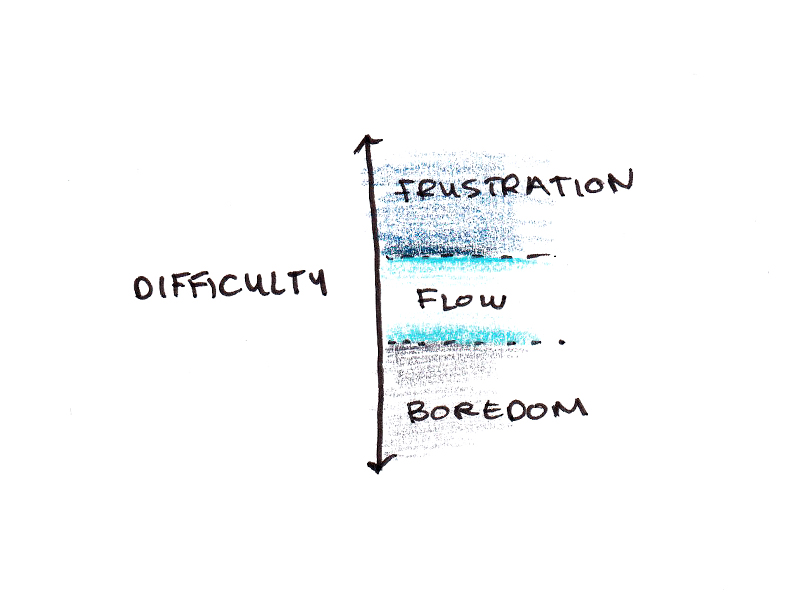


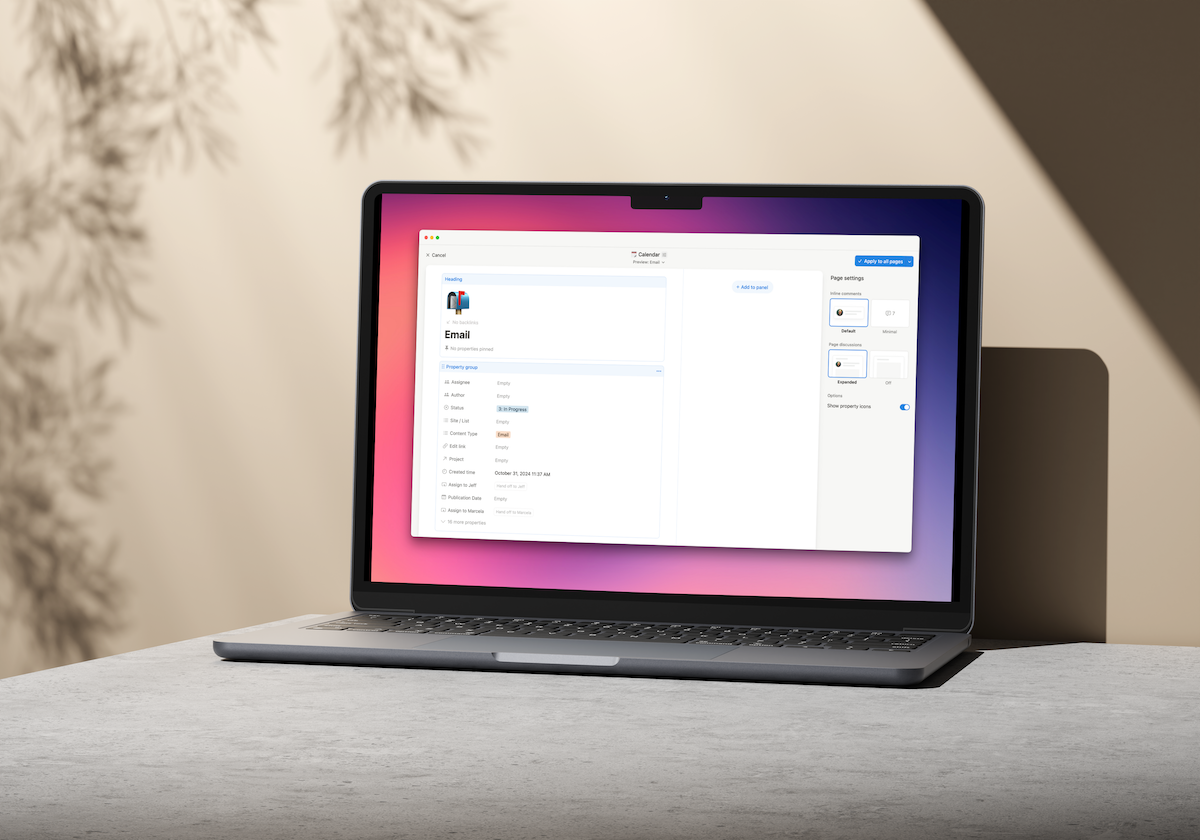
















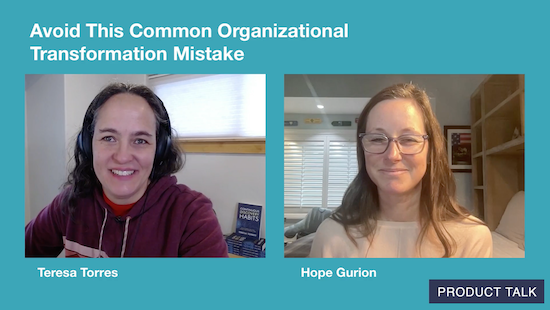
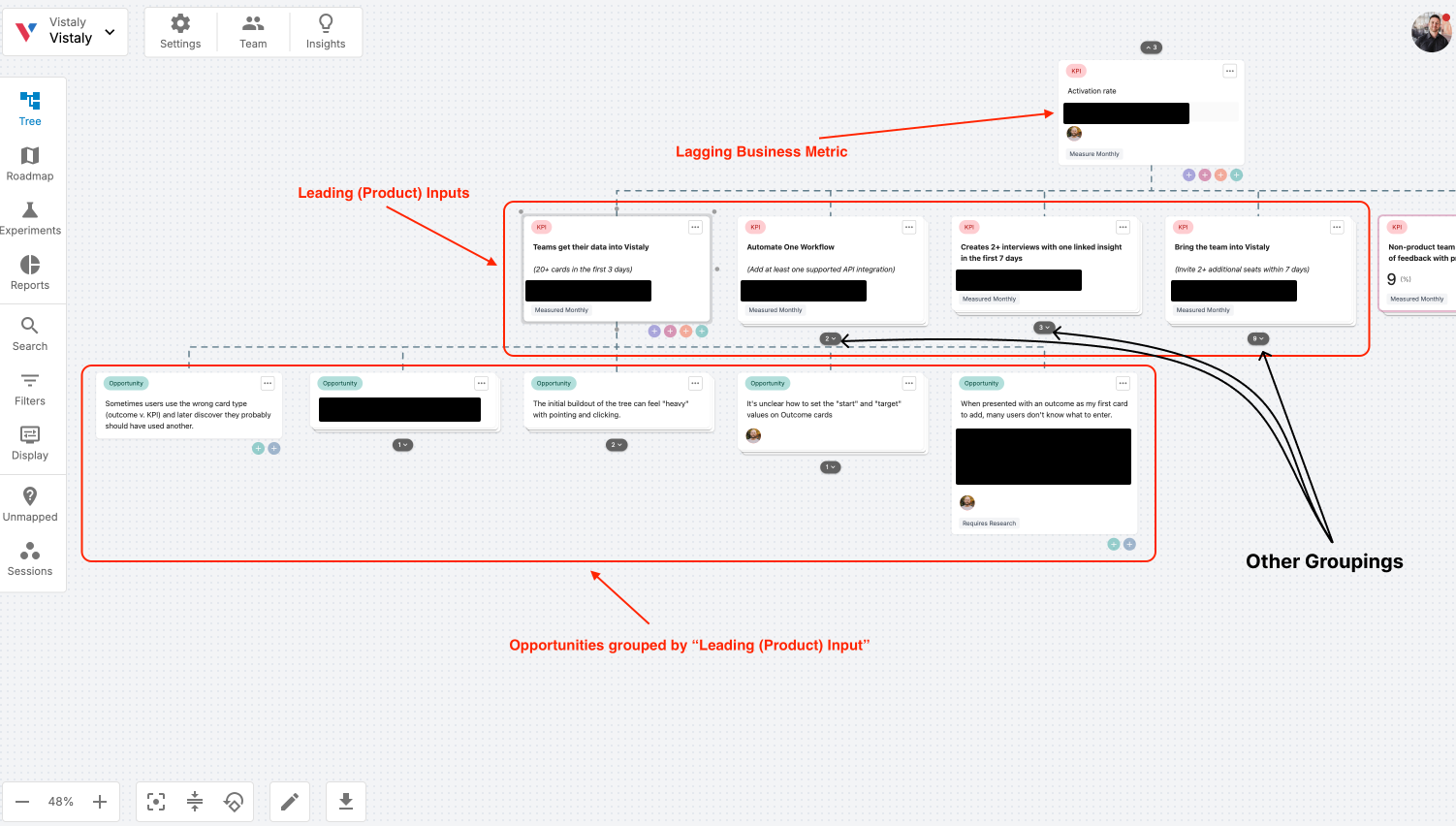

















![Building A Digital PR Strategy: 10 Essential Steps for Beginners [With Examples]](https://buzzsumo.com/wp-content/uploads/2023/09/Building-A-Digital-PR-Strategy-10-Essential-Steps-for-Beginners-With-Examples-bblog-masthead.jpg)





![How One Brand Solved the Marketing Attribution Puzzle [Video]](https://contentmarketinginstitute.com/wp-content/uploads/2025/03/marketing-attribution-model-600x338.png?#)



